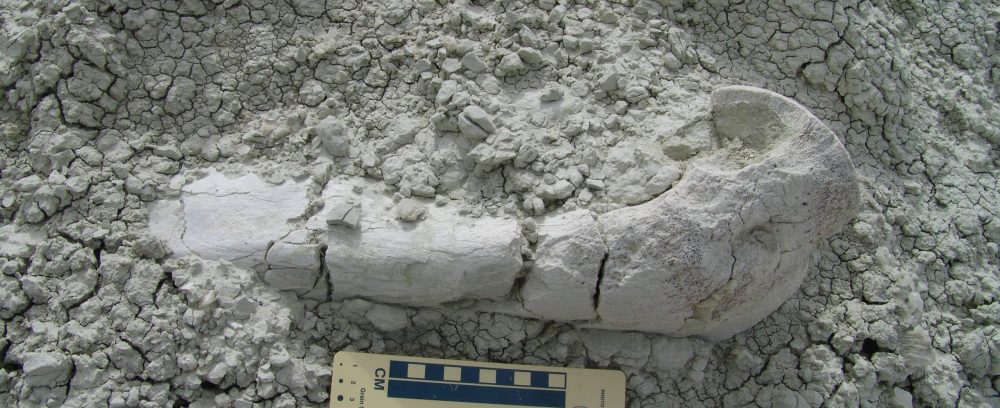PEDS stands for Pedogenic Environments of Depositional Systems. The PEDS Research Group at Temple University uses an interdisciplinary approach to understand how ancient soils (paleosols) can be used to derive interpretations of paleoclimates, paleoenvironments, vertebrate taphonomy, and the evolution of terrestrial sedimentary basins. We use a combination of macroscopic, microscopic, mineralogical, and geochemical approaches in our work. The PEDS research group is currently engaged in several projects (described below).
Current Members of the PEDS Research Group:
Graduate Students:
Ariana Miranda (MS): Paleosols of Florissant Fossil Beds National Monument, CO
Undergraduate students:
Fern Hilvert: Regional variability of n-alkane signatures within the Eocene-Oligocene White River Group
Cora Elizabeth Reynolds-Mccall: Variability of stromatolite morphology within the Eocene-Oligocene White River Group.
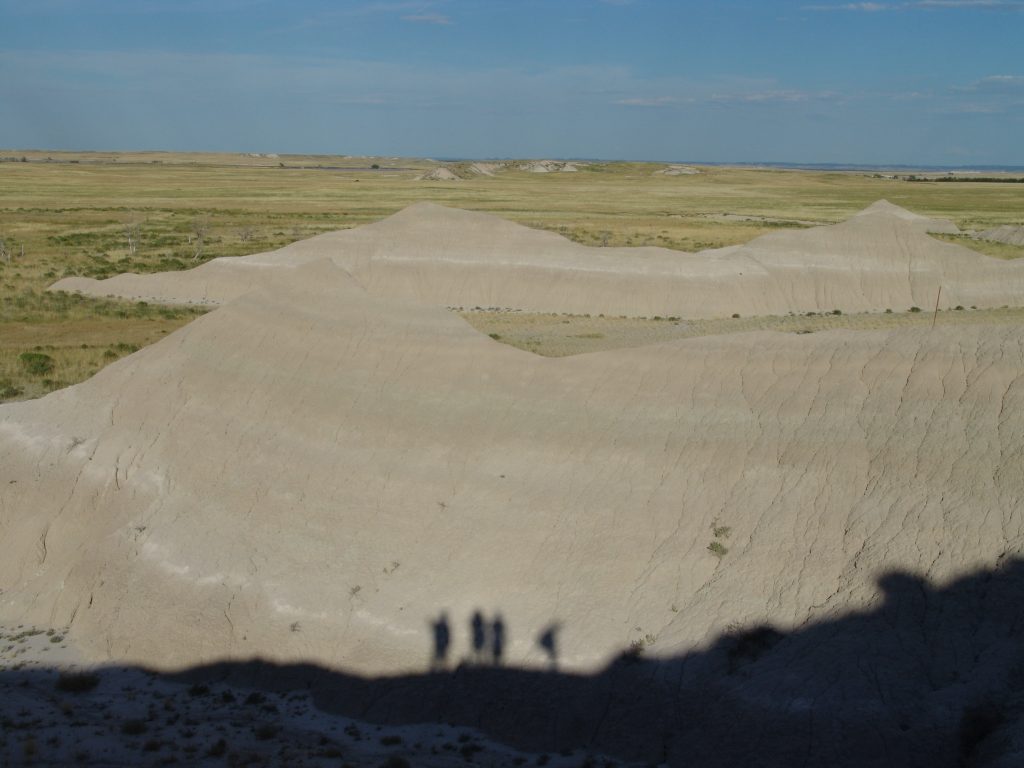
Paleogene White River Group: The White River Group of South Dakota, Nebraska, and Wyoming is a succession of terrestrial strata that spans the Eocene-Oligocene boundary, a time of global climate change from hothouse conditions in the Eocene to icehouse conditions of the Oligocene. The White River Group records this climate transition as up-section changes in sedimentology, fluvial geomorphology, and paleosols. Check out this book for a comprehensive review of the geology and paleontology of these deposits in and around Badlands National Park.
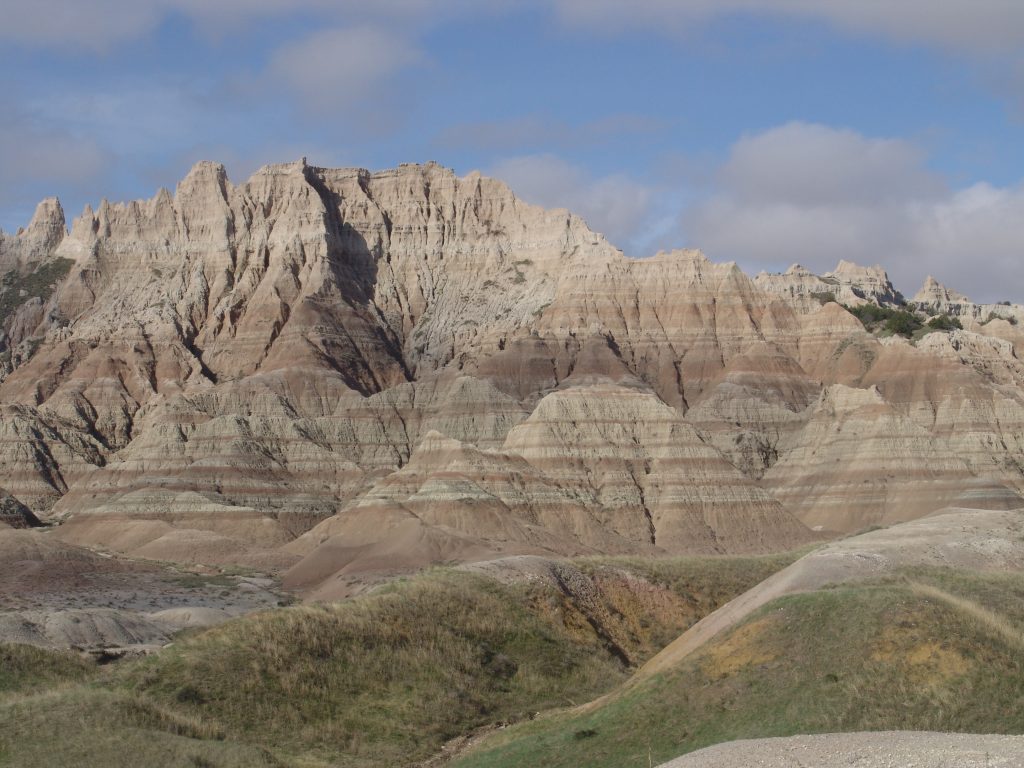
Eocene fossil forests of Peru: The Piedra Chamana fossil forest near Sexi, Peru is a middle Eocene assemblage of 31 different plant types that were preserved by volcanic eruptions, lahars, and fluvial processes. This site was once a lowland/coastal forest but is now several thousand meters above sea level due to uplift associated with the formation of the Andes. We compare the paleosols at this site with with the paleobotanical record to generate paleoecological interpretations. This research is being conducted in conjunction with Dr. Deborah Woodcock of Clark University and Dr. Herb Meyer of Florissant Fossil Beds National Monument in Colorado. You can learn more about this amazing site here.
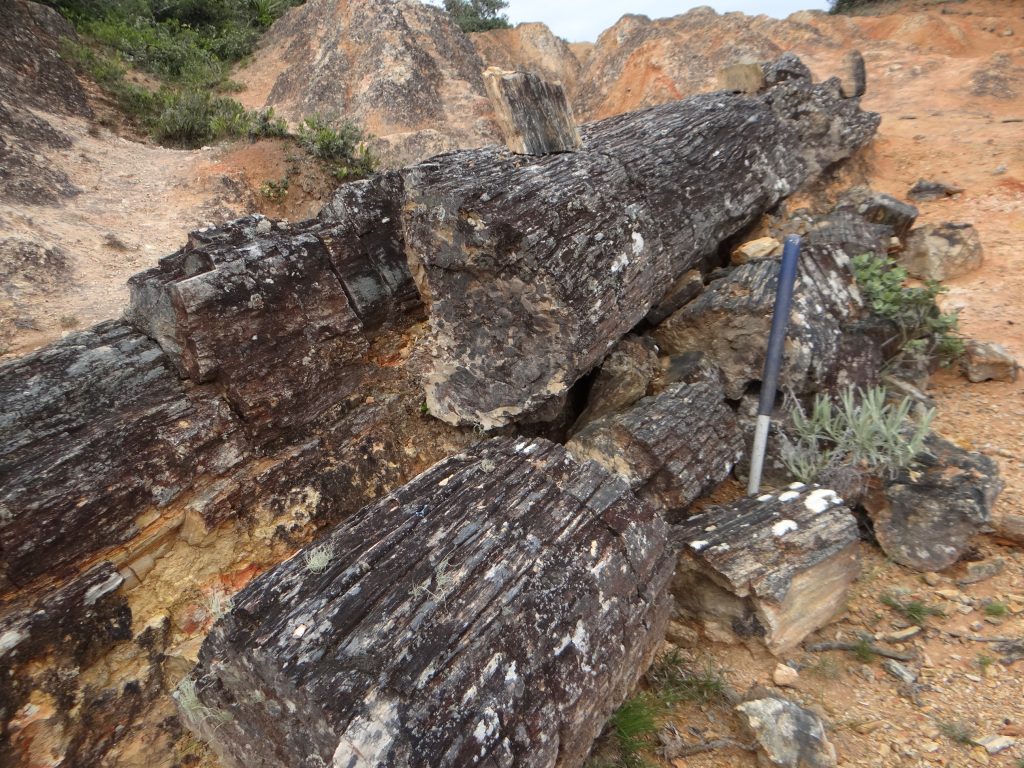
Devonian terrestrial systems: The Devonian Period was a time of radical change. Plants were rapidly evolving and modifying ancient landscapes, and vertebrates were beginning to develop their “land legs”. In what we now call New York, Pennsylvania, Virginia, and West Virginia, vast alluvial plains were building off of mountains the size of the Himalayas. Within these strata (which can be thousands of meters thick), the evolution of terrestrial ecosystems is preserved as paleosols, changes in alluvial architecture, and fossil floras. check out the following link to see a video describing a recent GSA field trip to examine these strata.
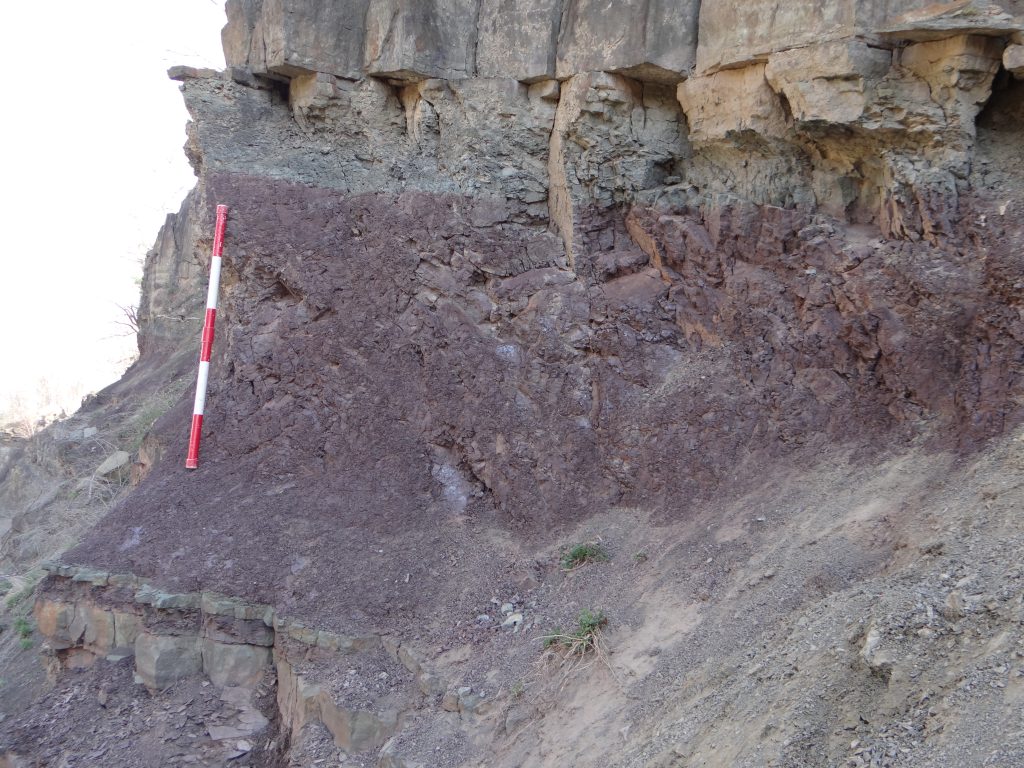
Vertebrate taphonomy and soft tissue preservation in deep time: Over the past few years, the recovery of soft tissues from vertebrate fossils has become more commonplace, but the controls on soft tissue preservation are not yet understood. The PEDS research group is currently investigating the role of pedogenesis and lithofacies on the process of fossilization and the preservation of soft tissues within fossil bone. This research is conducted in collaboration with Dr. David Grandstaff of Temple University and Dr. Paul Ullmann of Rowan University.
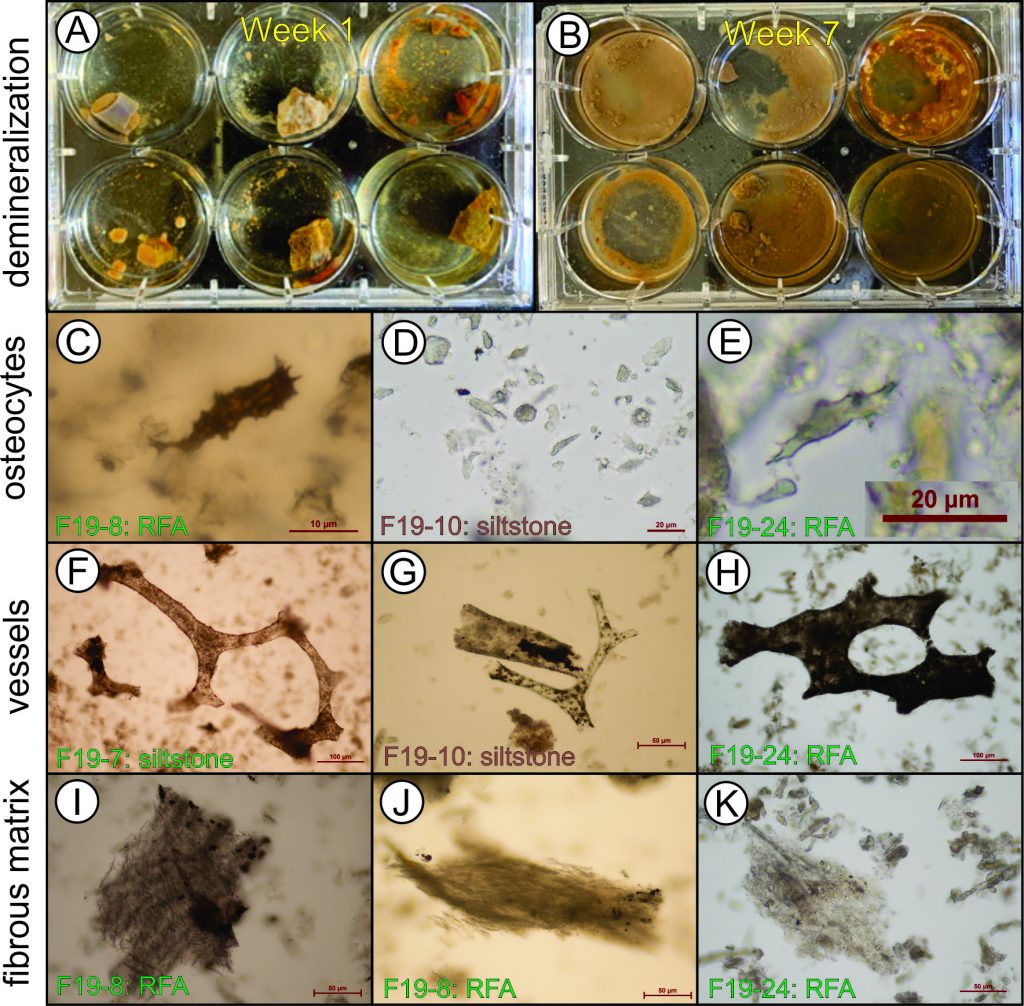
Other research projects
My research interests also extend to studies of bolide impacts. I am currently involved with investigations related to records of the K/Pg impact in marine deposits of New Jersey with Dr. Paul Ullmann of the University of North Dakota.
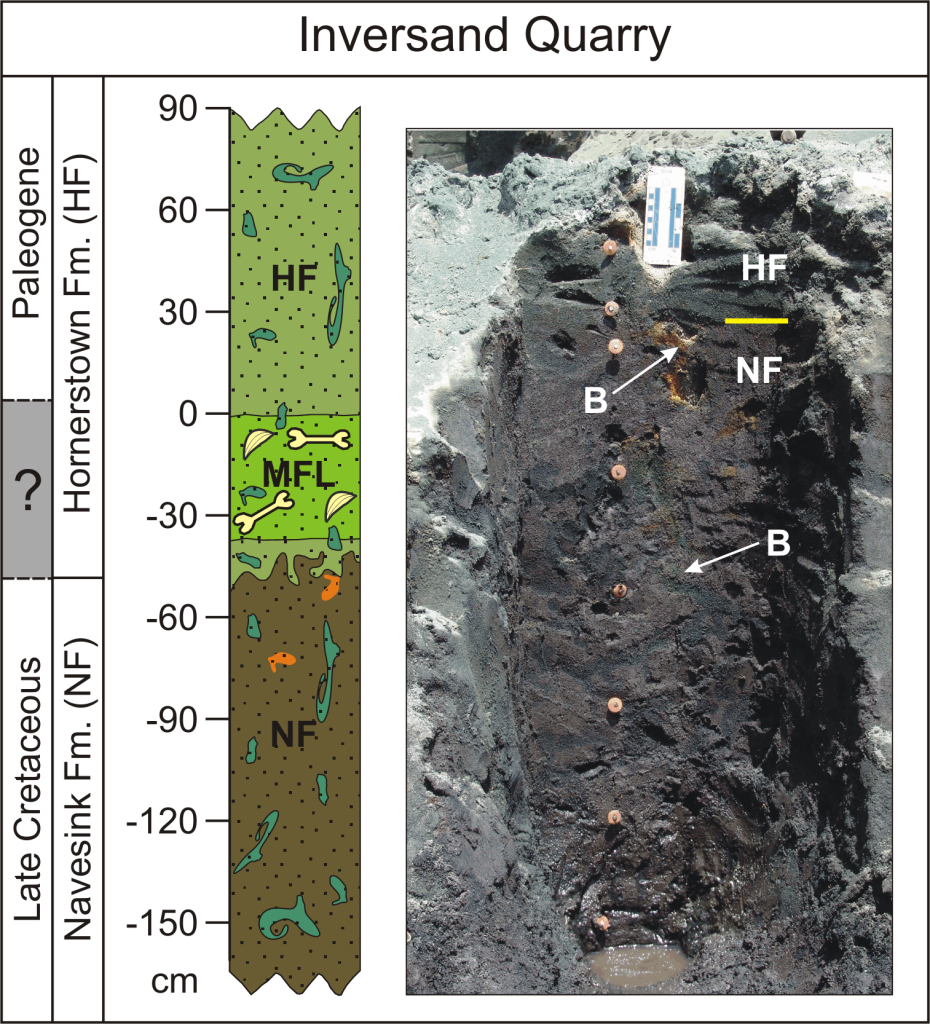
Past members of the PEDS Research Group
Graduate students:
Brian Kibelstis (MS): Controls on soft tissue preservation in fossil vertebrates
Evan Madill (MS): Using paleosols to interpret influences on conglomerate deposition within Devonian deposits of New York
Undergrduates:
Jenny Yeago: Paleosols of the Piedra Chamana Fossil Forest, Peru
